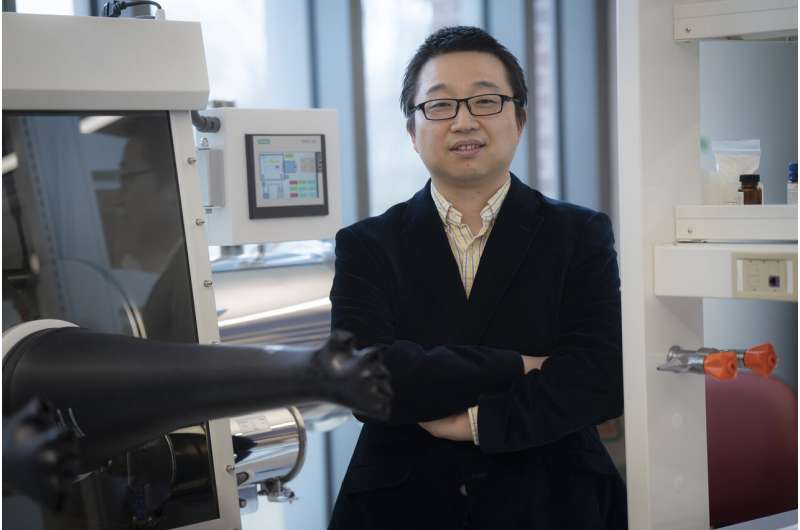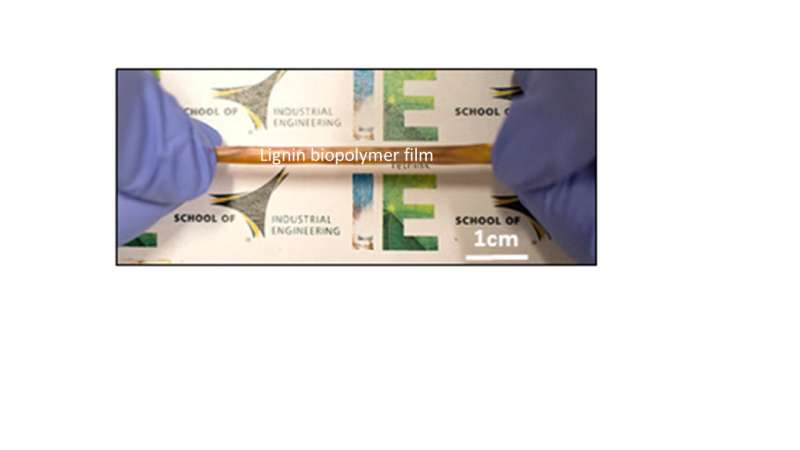Technology uses plant biomass waste for self-powered biomedical devices

An innovation turning waste material into stretchable devices may soon provide a new option for creating self-powered biomedical inventions.
A team from Purdue University used lignin to create triboelectric nanogenerators. TENGs help conserve mechanical energy and turn it into power. Lignin is a waste byproduct from the pulp and paper industries, and it is one of the most abundant biopolymers on Earth.
"Lignin offers a valuable opportunity as a potential constituent in wearable devices," said Wenzhuo Wu, the Ravi and Eleanor Talwar Rising Star Assistant Professor of industrial engineering in Purdue's College of Engineering, who led the development team. "The lignin-based triboelectric devices can harvest the mechanical energy from the human body and use such electric power to support the operations of other biomedical devices."
The lignin-based TENGs are created by integrating lignin with starch to produce a biocompatible film for harvesting mechanical energy.
"This opens doors to new technologies that utilize waste materials for economically feasible and ecologically friendly systems in self-powered biomedical application," Wu said. "We innovatively engineer the interactions between lignin and several widely available materials, such as glycerol and starch, to transform the brittle and dark lignin films into stretchable, wearable and semi-transparent films. Those films can effectively convert mechanical signals such as bending and touching into electric power."

Wu said the lignin-based triboelectric devices also could function as self-powered sensors to detect and monitor the mechanical activities from the human body in applications such as health monitoring, human-machine interface, teleoperated robotics, consumer electronics and virtual and augmented reality technologies.
The devices also could be used for other applications such as energy-efficient buildings and environmental sensors. Wu and his team have created other similar devices, including an innovation that uses chitosan to create TENGs.
Provided by Purdue University



















